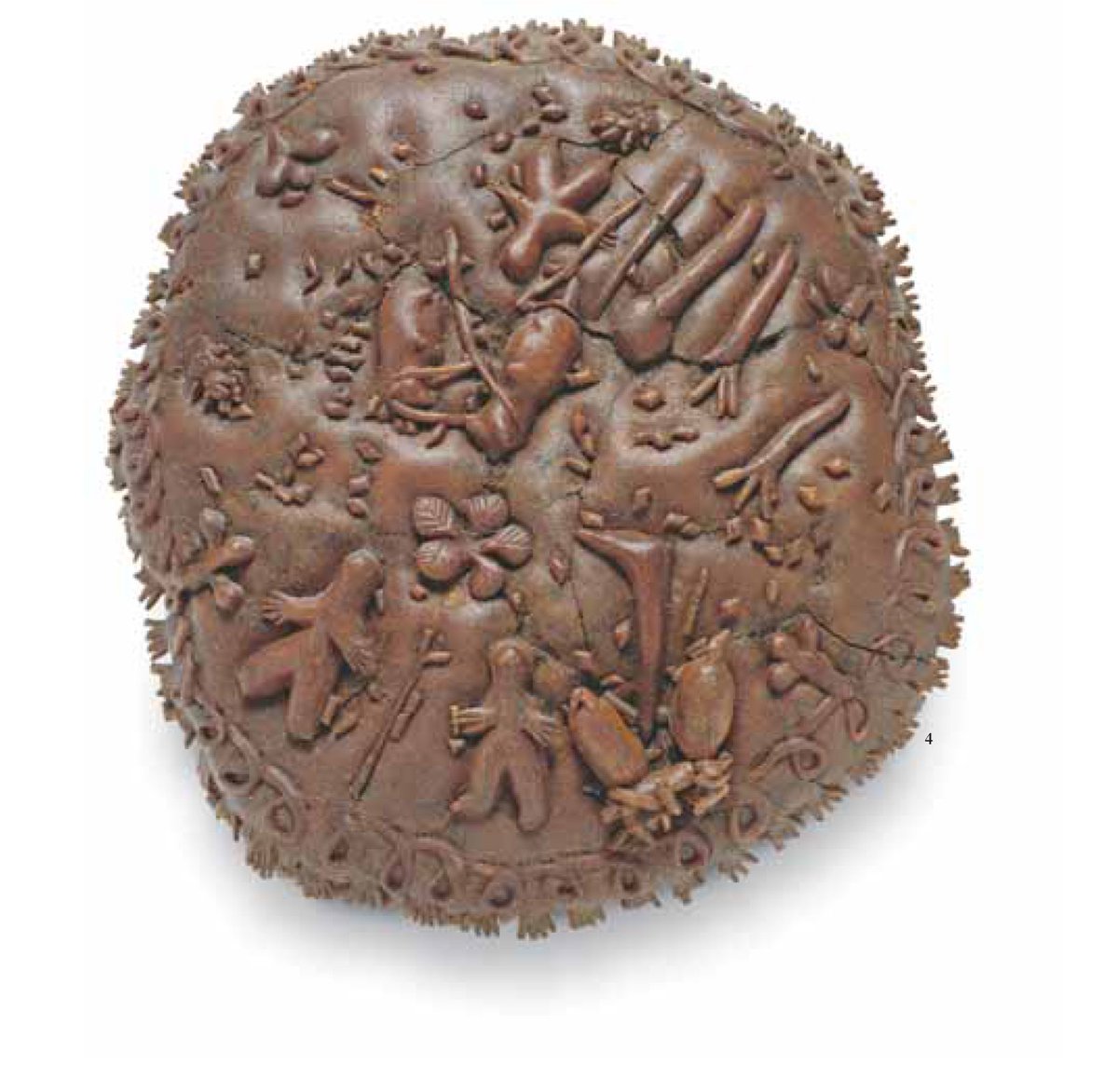
**Special thread: SANCTA MARIA di MEZO di GOSTO – Candelieri**
Thread about 15th of August (Assumption of Mary) celebrations in medieval Sardinia.
📸 Candelieri, Iglesias
Thread about 15th of August (Assumption of Mary) celebrations in medieval Sardinia.
📸 Candelieri, Iglesias

In the old medieval codex of Villa di Chiesa (Iglesias), the festival of Sancta Maria of Mezo Gosto (Holy Mary of mid August) is thoroughly described in all details. The festival consisted of carrying 8 large candles (in cover picture) from the palace of the University (town)-
-to the church of Santa Chiara. The codex gives precise indications on the weight and wax to use for the candles, which where then carried on shoulder by groups of men.
The order in the procession was also well-established: first went the Candeliere (that's the name of the -
The order in the procession was also well-established: first went the Candeliere (that's the name of the -
-candle) of the University, followed by the one of the Mountain (the miners) and later the four Candelieri of the four quarters of the town – Santa Chiara, di Mezo, Fontana, Castello. The last two were the Candelieri of the Vinemakers and Workers.
The space dedicated in-
The space dedicated in-
-the codex and the detailed description show the importance given to the festival.
The recent discovery of an old medieval Candeliere in the now cathedral of Santa Chiara launched a revival of the tradition, which appears in other Italian regions too. In fact our tradition-
The recent discovery of an old medieval Candeliere in the now cathedral of Santa Chiara launched a revival of the tradition, which appears in other Italian regions too. In fact our tradition-
-derives from Pisa.
Iglesias isn't the only one to celebrate this festival in Sardinia. Candelieri are celebrated in an analogous way in Sassari, in Ploaghe, Ozieri and in Nulvi, in this case with Candelieri in the shape of standards.
📸 Sa Essida de sos candhaleris (Nulvi)

Iglesias isn't the only one to celebrate this festival in Sardinia. Candelieri are celebrated in an analogous way in Sassari, in Ploaghe, Ozieri and in Nulvi, in this case with Candelieri in the shape of standards.
📸 Sa Essida de sos candhaleris (Nulvi)


In Sassari, it takes the name of Sa Faradda di li candareri. The number of candelieri may vary, at the moment is 11. Even in this case, it's thought to be a tradition of medieval origins but its modern form is of Spanish times.
The Candareri are brought to town, rocked, spun -

The Candareri are brought to town, rocked, spun -


-as to simulate a "dance". Two or three Candareri may be moved to dance around and bend towards each other until they touch with the crown.
A peculiar tradition of Sassari is the movement of the Candeliere of the stonemasons, who reaches the place of the old town gates-
A peculiar tradition of Sassari is the movement of the Candeliere of the stonemasons, who reaches the place of the old town gates-
-and spins around to wish the Black Plague won't come back to the city (the legend says the last affected of said plague exited from that gate).
• • •
Missing some Tweet in this thread? You can try to
force a refresh























